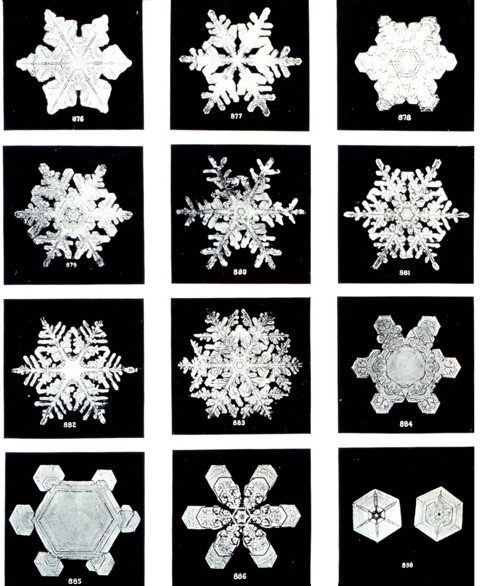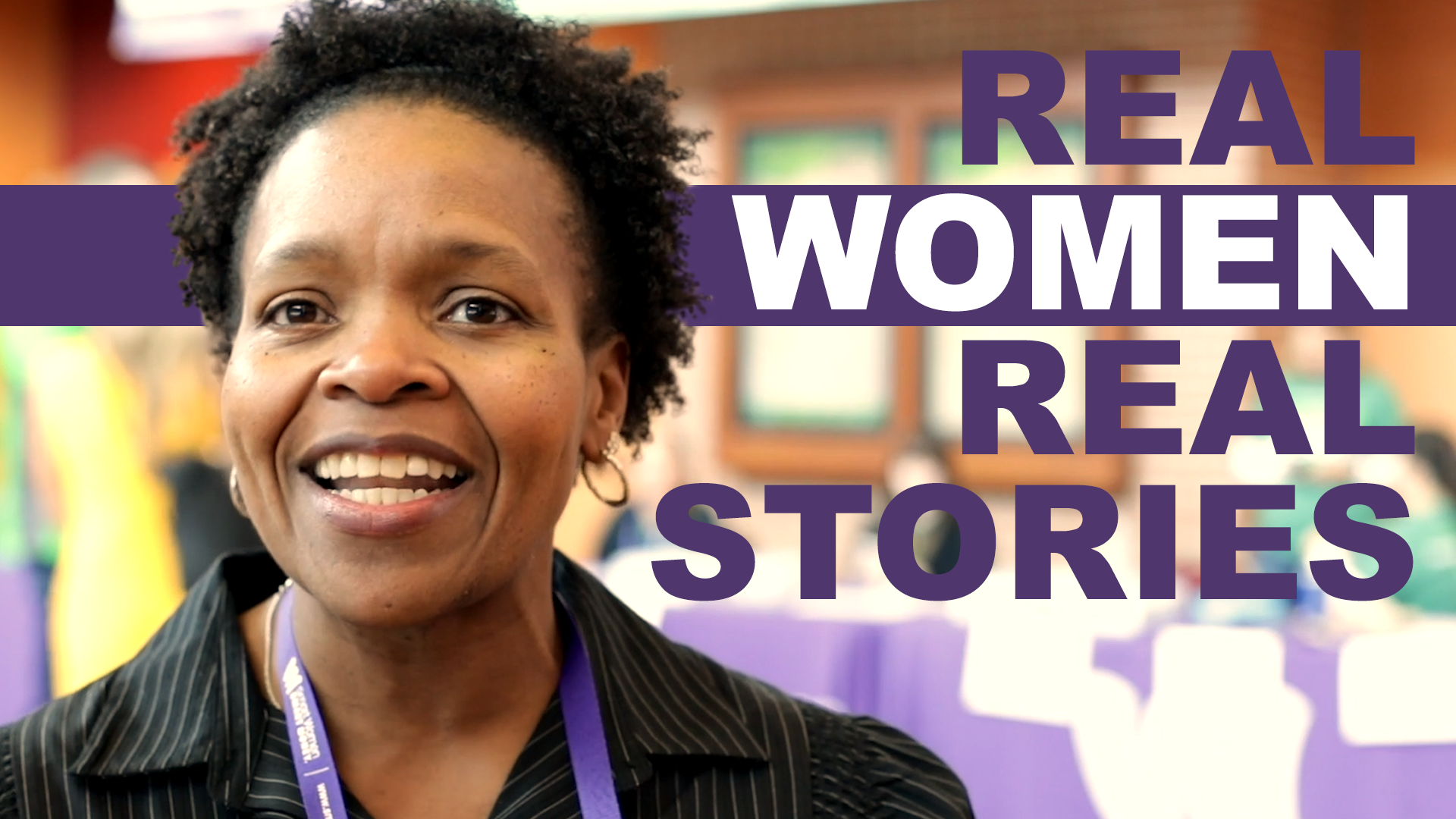By Sarah Wall
When is the last time you took a moment to look closely – really closely – at a snowflake? Regardless of where you live, you may not be able to remember a time. Maybe for you, snow comes so often, it’s nothing novel: by January, it’s just a wintry inconvenience to be dealt with until spring. Or maybe you live further south, where snow would be cherished – but it comes too infrequently for you to enjoy.
But if you look a little more closely at a snowflake, you might realize it has some important things to teach us about ourselves.
1. Every snowflake is different.
Most of us have probably heard before that every snowflake is completely unique. That’s almost certainly true: though there are virtually infinite snowflakes, you can bet that every snowflake you’d ever see would be completely unique. That’s because every snowflake encounters just slightly different temperatures, humidity levels, and atmospheric conditions, all causing just slightly different characteristics of each flake. At just below freezing, snowflakes will be large and fluffy; at lower temperatures, they’ll be small as they dart through the sky. Some flakes have thin needles branching away from a delicate center; in others, the arms are wide and flat. It’s awe-inspiring to see a crush of falling snowflakes and realize that each one is unique.
Isn’t that just like us? Depending on our relationships, career choices, and hometowns, we all develop slightly different characteristics, personalities, and values. So often, our immediate reaction to seeing such differences is discomfort. What if we instead felt the same awe we feel for the uniqueness of every snowflake when we look at each other?
2. Every snowflake is the same.
The design may be different, but at the core, every snowflake has the same basic characteristics. Snowflakes develop when tiny particles in the atmosphere, such as dust or pollen, attract water molecules that collide with each other and freeze into ice. These microscopic ice crystals bond into a hexagonal shape. Whatever their differences, every snowflake is based on this six-sided ice crystal. At the core, every snowflake is the same.

Despite those qualities that make us different, diverse, and extraordinary, at the core, we’re all the same. No matter where we come from, what beliefs we hold, or what we look like, we all laugh, cry, hurt, heal, and love. By focusing exclusively on what sets us apart, we can miss the core that ties us together.
3. Snowflakes form in their fall.
Snowflakes begin as tiny, microscopic particles. When they fall from a cloud, they’re still small and nondescript, without their distinctive design. As they plummet to Earth, the abrupt changes in atmospheric conditions are responsible for the snowflake’s increasing beauty: additional crystallization, caused by alternative melting and freezing, creates the intricate symmetry that we prize in a microscopic view of a snowflake. Without that plummet, there wouldn’t be any beauty – and none at all we’d ever get to appreciate here on Earth.
Difficult days or seasons can make us feel like we, too, are plummeting in a free fall. But without downplaying the pain that comes with loss, financial hardship, and other significant challenges, it’s often those seasons that give us real beauty, too. Without challenges, there’s less wisdom, less patience, and less compassion for other people. That moment we’re pulled from the safety of the cloud can shake our foundation; the descent can be long and exhausting – but once we land on our own two feet, we have powerful strength and intricate beauty we wouldn’t have dreamed of up in the sky.
The next time you happen to see snow falling around you (or on the TV or computer screen, for more southern readers), think about what makes you different, special, and extraordinary. Think about how, at our core, we’re all the same. And think about how that long, hard journey from the clouds to Earth made that snowflake what it is – and how the difficult moments in your life have made you who you are, too. In this cold midwinter season, we can all take a lesson or two from the snow.

Sarah Wall is the newest contributing writer for Smart Women Smart Money Magazine. For questions or comments email [email protected].










